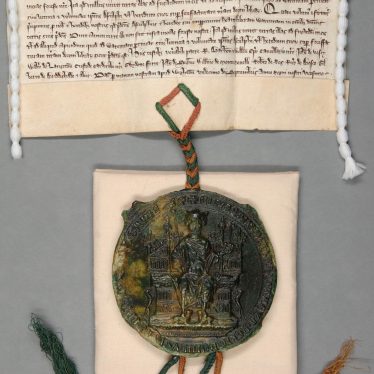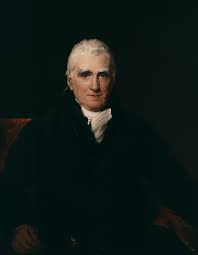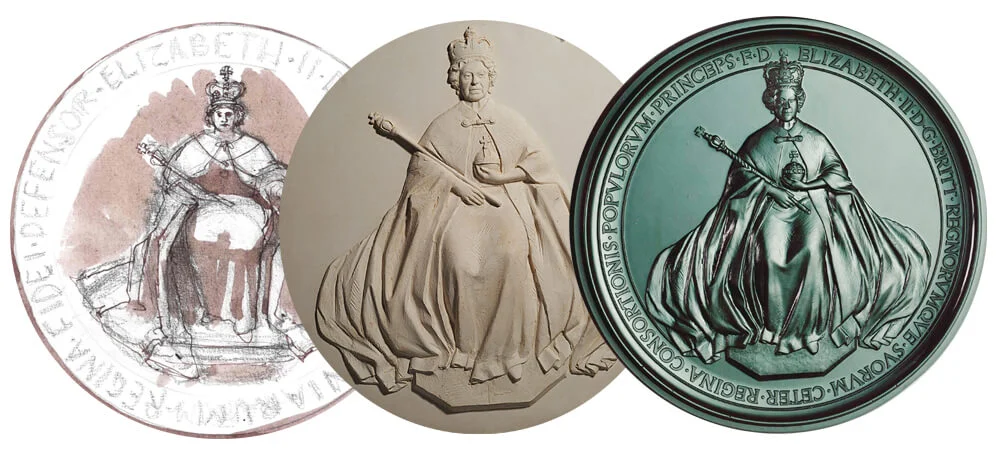Royal Seal of Approval: What is a Great Seal?
What are the Great Seals of the Realm?
Since the reign of Edward the Confessor in the eleventh century, the Great Seals of the Realm have been used in Britain to symbolise the official will and authority of the monarch.
Referred to as the ‘clavis regni,’ or ‘key of government,’ they are such critical tools of state that historically, counterfeiting them was deemed high treason, punishable by death.
Their role has remained virtually unchanged for the past 1,000 years – still used in the twenty-first century as they were in the eleventh. All important state documents have to include a seal as the physical mark of royal ratification.
Every monarch has had their own unique seal – with some even having multiple if they ruled for many years. This is because of the composition of a Great Seal.
And The Royal Mint have brought this historic tradition to life with a brand-new recreation of Henry VIII’s seal. You can secure it now in Proof or Silver quality by clicking here, or read on to learn more…
How a Great Seal is Made
Consisting of a pair of silver moulds, or matrices, into which the monarch’s design has been engraved. Cakes of softened wax or more recently of a plastic compound are placed alongside a set of ribbon or cord in between the matrices and when pressure is applied, an impression of the design is made on both sides. The Great Seal can then be attached to the important state document using the loose end of the ribbons or cord. You can see this in the image below.

Warwickshire County Record Office reference CR341/2
So, from this process you can imagine that during a long reign the silver matrices would become worn until they could no longer be used. Only one Great Seal is to be in use at a time, therefore the old one is ceremonially defaced and presented by the monarch to the Lord Chancellor.
Interesting Fact
During the 63-year reign of Queen Victoria, four Great Seals were created.
What was the Lord Chancellor’s role?
Traditionally, the Lord Chancellor has been the custodian of the Great Seal. This is because the office originated as secretary to the Monarch, responsible for supervising, preparing and dispatching the Monarchs letters. This meant that they had the use of the Sovereign’s seal, which soon became the symbol of the office.
Each Great Seal is kept in a richly decorated purse, and it was customary to present a new purse each year.
Interesting Fact
Lord Eldon, during the early nineteenth century, received so many of the elaborately decorated purses that his wife was able to turn them into bed hangings.

How the Great Seal has adapted to modern times
Due to the expansion of the UK government’s dealings over time, the amount of wax used to make the Great Seals each month reached a peak of 50 kilogrammes. This resulted in The Crown Office Act of 1887. The act declared that many of the documents once passed under the seal would now be ratified with a new device called the Wafer Seal.

This device has the obverse design of the Great Seal and makes an impression on paper, which can be on the document itself or on a separate wafer. The traditional version of the Great Seal made of wax or plastic compound is now reserved for documents deemed to be of the utmost importance such as treaties with foreign governments.
Interesting Fact
Queen Elizabeth II had two seals during her reign – the first came into service in 1953 and lasted all the way to 2001, when the new seal was produced.
Royal Mint Release
The Great Seals fascinating history is incredibly tied with our monarchy and democracy – a true representation of our constitutional monarchy.
The brand-new Royal Mint release is a stunning embodiment of this century old tradition.
Remastered from specimens held in The Royal Mint Museum’s collection, you have the opportunity to own a high-quality recreation of Henry VIII’s Great Seal. One of the most notorious monarchs in British history.
The official Royal Mint packaging ties in perfectly, with the ‘cords’ featured that are involved in the production and attaching of the Great Seal to the state document – as well as exploring Henry VIII’s unique royal seal and its historical significance.
Click here to explore the range today >>

